This article was medically reviewed by Erik Kramer, DO, MPH and by wikiHow staff writer, Danielle Blinka, MA, MPA. Dr. Erik Kramer is a Board-Certified Primary Care Physician at the University of Colorado. With over 15 years of experience, his clinical interests include obesity and weight management, diabetes care, and preventive care, as well as embracing a holistic approach to primary care. He received his Doctorate in Osteopathic Medicine (D.O.) from the Touro University Nevada College of Osteopathic Medicine and completed his residency at Central Maine Medical Center. Dr. Kramer is a Diplomate of the American Board of Obesity Medicine.
There are 13 references cited in this article, which can be found at the bottom of the page.
This article has been viewed 55,882 times.
It’s normal for your vagina to produce clear to milky discharge every day as it cleans itself–and it's usually not a cause for concern. Typically, normal discharge won’t smell bad but may have a light scent.[1] If you have excessive vaginal discharge, you may be able to reduce it by making changes to your personal care habits or lifestyle. However, see a doctor if you’re experiencing abnormal vaginal discharge, since abnormal discharge might signal an infection.
Steps
Keeping Your Vagina Clean and Dry
-
1Recognize clear or milky discharge as normal and healthy. Your vagina naturally cleans itself daily by creating discharge. This discharge shouldn't smell bad or be itchy, but you may notice a light scent. Additionally, you may feel wetness. Over the course of your menstrual cycle, your discharge will change in thickness and color. Don't worry if your discharge is clear or milky white with no bad odor.[2]
- You might have a lot or a little discharge, both of which are normal.
- Your discharge will typically be thicker and stickier around the time you ovulate, which occurs at around 14 days after the first day of your period.
- Additionally, your discharge might look thicker and milkier right before your period.
-
2Wash your external vaginal area with mild soap and water only. Keeping your vaginal area clean will prevent bacterial growth that could cause an infection. However, using the wrong kind of products can trigger excessive discharge. Clean your vaginal area using mild, fragrance free soap and water. Make sure you fully rinse away all of the soap.[3]
- You can try feminine washes made especially for your vaginal area. However, make sure that they’re unscented.
- Don’t wash inside your vagina because it will unbalance your natural pH and likely increase your discharge. You only need to clean your external area.
-
3Wipe from front to back after using the restroom to prevent infections. You have bacteria around your anal area that you don’t want to get into your vagina. When bacteria enters your vagina, it can cause an infection that results in abnormal discharge. Fortunately, you can avoid this by always wiping from front to back after you urinate or have a bowel movement.[4]
- It’s okay to use moist wipes to clean yourself, but don’t use them if they have a fragrance.
-
4Wear cotton underwear during the day so your vagina can breathe. When your vaginal area gets hot and sweaty, it’s easier for yeast to grow, which can lead to a yeast infection. Additionally, it may cause your body to naturally produce more discharge to keep your vagina clean. To prevent this, always wear 100% cotton underwear so that your vagina can breathe.[5]
- Change your underwear at least once a day so that they’re clean.
-
5Remove your underwear at night so your vagina stays dry. Letting air circulate around your vaginal area will keep your vagina dry, which can help prevent bacterial or yeast growth that can cause abnormal discharge. Before you go to bed, remove your pajama bottoms and underwear. This can prevent sweat and moisture from upsetting your vagina’s natural balance.[6]
- It’s okay to wear underwear if you’re on your period and feel more comfortable wearing a back-up pad.
-
6Avoid wearing tight clothing because it may increase your discharge. Tight clothing traps sweat and moisture, which become a breeding ground for yeast and bacteria. This can lead to abnormal or excessive vaginal discharge. Fortunately, you can easily prevent this by wearing clothes that are loose and breathable.[7]
- For instance, wear pants that don’t fit too tightly or opt for a flowy skirt.
- Clothing like tights, pantyhose, tight pants, swimsuits, leotards, and bicycle shorts can trigger excessive discharge because they don’t let your vaginal area breathe.
-
7Wear a panty liner if your discharge is bothering you. It’s totally normal for some women to naturally produce a lot of discharge. If you continue to have excess discharge, a panty liner can help you keep your underwear clean. Choose a thin panty liner so you won’t notice it. Then, change your panty liner whenever you want to feel fresh.[8]
- You may only need to wear a panty liner during certain times in your cycle. For instance, it’s normal for your vagina to produce more discharge around the middle of your menstrual cycle when you ovulate.
Avoiding Vaginal Irritation
-
1Avoid using douches and scented personal products on your vagina. While you might have heard that douches clean your vagina, they can actually cause problems. Your vagina cleans itself naturally and is supposed to have a mild scent. Interrupting your body's natural cycle will likely increase your vaginal discharge, so don’t use any personal care products inside your vagina, including douches.[9]
- Similarly, washes that contain fragrances to cover your natural smell may trigger unwanted discharge and irritation.
- If you feel like you need a douche, talk to your doctor about your concerns.
-
2Switch to a fragrance-free laundry detergent if scents bother you. In some cases, the laundry detergent you use to wash your undergarments can cause skin irritation. If the skin around your vagina gets irritated, you might have excess discharge. Fortunately, you can easily prevent this by changing to an unscented detergent.[10]
- Read the label on your detergent to find out if it has a fragrance. Some detergents are even labeled as “fragrance free.”
- You might consider using a detergent that’s specifically made for delicates to wash your undergarments.
-
3Use another form of birth control if spermicides cause your discharge. While many women can use spermicides with no issue, you may find that they irritate your vagina. It’s even possible that your spermicide is causing your excess discharge. To be sure, talk to your doctor about it. If they think your spermicide may be a problem, ask them about other birth control options.[11]
- You may need to try multiple forms of birth control before you find one that works for you.
-
4Avoid hot tubs because they can upset your vagina’s pH. When your natural pH is altered, your vagina will naturally produce more discharge. While hot tubs can be relaxing, they are also warm, moist, and may contain bacteria. It’s best to skip the hot soak if you’re worried about vaginal discharge.[12]
Diagnosing Abnormal Discharge
-
1Talk to your doctor if a medication or illness may be the cause. Sometimes excessive discharge is caused by the medication you’re taking, the personal care products you’re using, or an illness that you have. If you have excessive discharge and can’t figure out why, ask your doctor to help you figure out the cause. Here are some possible causes of abnormal vaginal discharge:[13]
- Douching
- Antibiotics
- Birth control pills
- Diabetes
- Certain infections
- Pregnancy
- Stress
- Scented feminine care products
-
2Get treatment for a yeast infection if you have clumpy, white discharge. White discharge that looks like cottage cheese is a sign of a yeast infection. Typically, you’ll also have itching, swelling, and pain around your vulva if you have a yeast infection. Additionally, sexual intercourse may be painful or uncomfortable. If you have these symptoms, talk to your doctor to find out if you have a yeast infection.[14]
- Your doctor can prescribe a short course of treatment for your infection, which will be a cream, suppository, or pill. Take your prescription exactly as directed, and you should feel better in 2-3 days.
- You may be able to use an over-the-counter yeast infection treatment. However, it’s best to get an official diagnosis first.[15]
-
3See your doctor if you may have bacterial vaginosis. When bacteria grows excessively in your vagina, you might develop bacterial vaginosis. It causes inflammation around your vagina, as well as an odorous discharge. To recover, you’ll need to get a prescription medication from your doctor. Visit your doctor if you have the following symptoms:[16]
- White, gray, or yellow vaginal discharge
- Fishy odor, especially after sex or bathing
- Itching
- Burning
- Redness and swelling around your vagina or vulva
-
4Get checked for trichomoniasis if you have bubbly discharge and odor. Trichomoniasis is a common sexually transmitted infection (STI) that requires medical treatment. Fortunately, your doctor can treat it with a short-course of antibiotics. See your doctor if you have the following symptoms:[17]
- Bubbly discharge that is watery, yellowish, or greenish
- An unpleasant odor
- Pain and itching during urination
Tip: You’ll notice the symptoms of trichomoniasis most after your period.
-
5Talk to your doctor if you’re worried might have an STI. Sometimes abnormal discharge can be caused by an STI. While you don’t need to worry, you’ll need to get treatment to help you feel better. See your doctor to get an examination and find out if an STI may be causing your abnormal discharge.[18]
- For instance, yellow discharge might be a sign of gonorrhea.
References
- ↑ https://my.clevelandclinic.org/health/symptoms/4719-vaginal-discharge
- ↑ https://www.nhs.uk/conditions/vaginal-discharge/
- ↑ https://www.nhs.uk/conditions/vaginal-discharge/
- ↑ https://familydoctor.org/condition/vaginal-discharge/
- ↑ https://www.health.harvard.edu/a_to_z/vaginal-discharge-a-to-z
- ↑ https://familydoctor.org/condition/vaginal-discharge/
- ↑ https://www.nationwidechildrens.org/conditions/vaginal-discharge
- ↑ https://kidshealth.org/en/teens/vdischarge2.html
- ↑ https://www.health.harvard.edu/a_to_z/vaginal-discharge-a-to-z
- ↑ https://www.aafp.org/pubs/afp/issues/2004/0501/p2191.html
- ↑ https://www.aafp.org/pubs/afp/issues/2004/0501/p2191.html
- ↑ https://www.uptodate.com/contents/vaginal-discharge-in-adult-women-beyond-the-basics/print
- ↑ https://www.msdmanuals.com/en-sg/home/women-s-health-issues/symptoms-of-gynecologic-disorders/vaginal-discharge
- ↑ https://www.healthdirect.gov.au/vaginal-discharge#menopause
- ↑ https://kidshealth.org/en/teens/yeast-infections.html
- ↑ https://my.clevelandclinic.org/health/symptoms/4719-vaginal-discharge
- ↑ https://www.healthdirect.gov.au/trichomoniasis
- ↑ https://kidshealth.org/en/teens/vdischarge2.html
- ↑ https://www.msdmanuals.com/en-sg/home/women-s-health-issues/symptoms-of-gynecologic-disorders/vaginal-discharge
- ↑ https://www.msdmanuals.com/en-sg/home/women-s-health-issues/symptoms-of-gynecologic-disorders/vaginal-discharge
- ↑ https://www.ncbi.nlm.nih.gov/pmc/articles/PMC2662373/


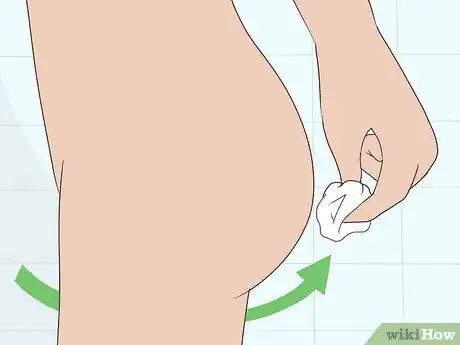
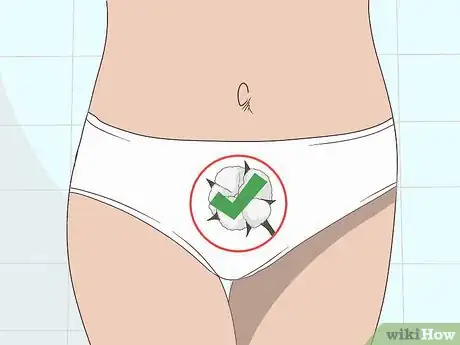

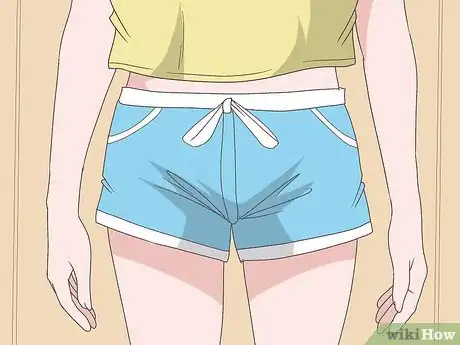
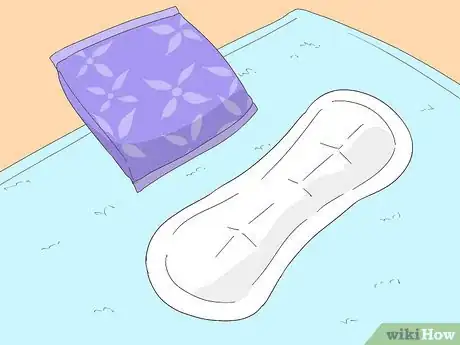




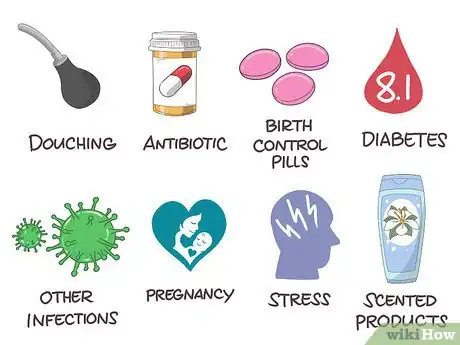




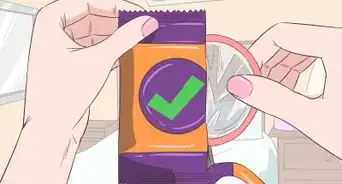

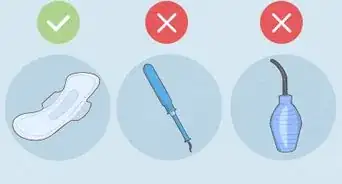





-Step-10-Version-2.webp)



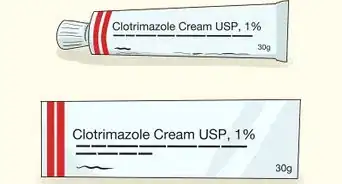







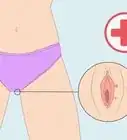
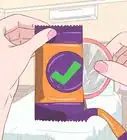

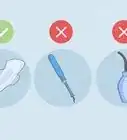




































Medical Disclaimer
The content of this article is not intended to be a substitute for professional medical advice, examination, diagnosis, or treatment. You should always contact your doctor or other qualified healthcare professional before starting, changing, or stopping any kind of health treatment.
Read More...